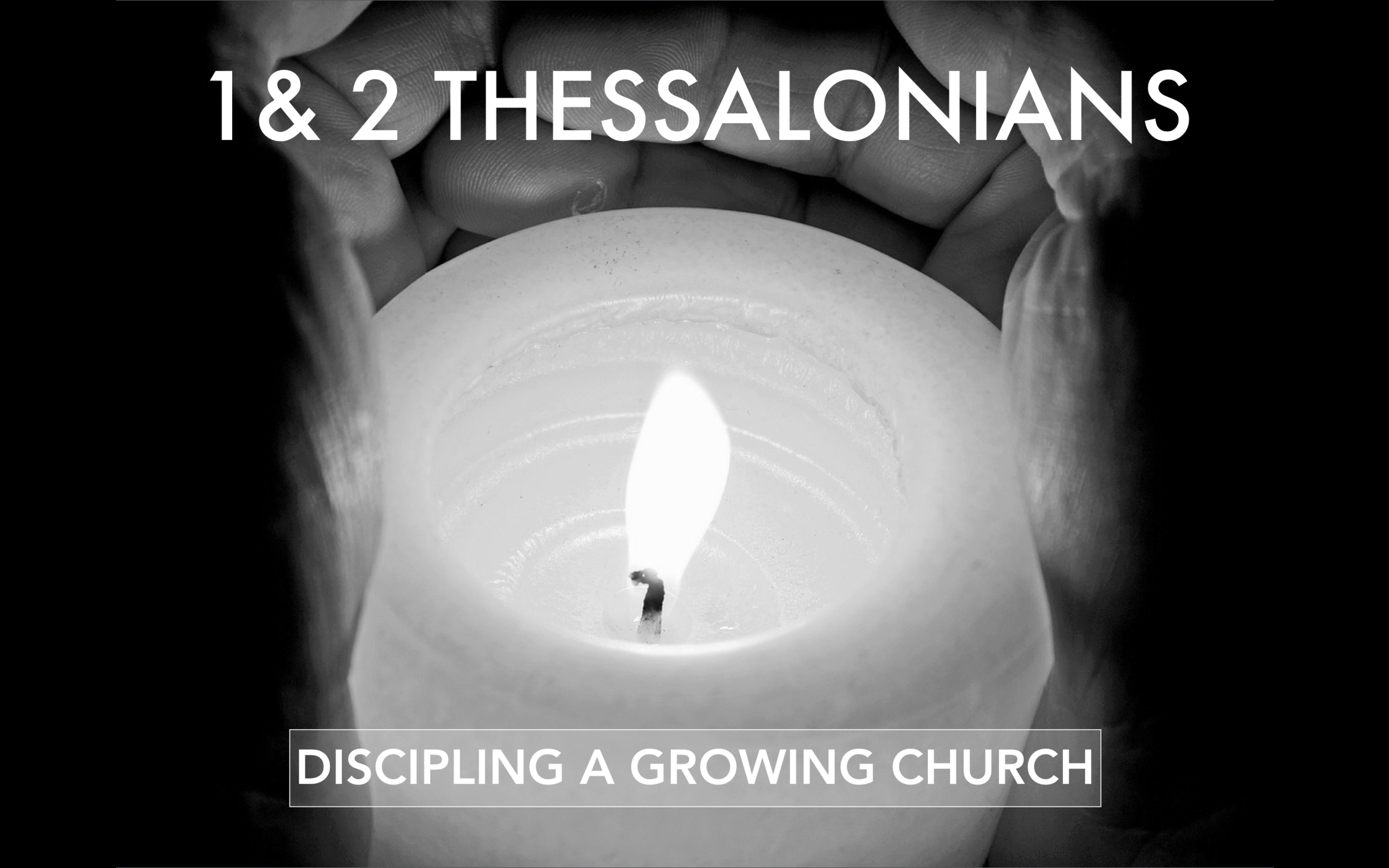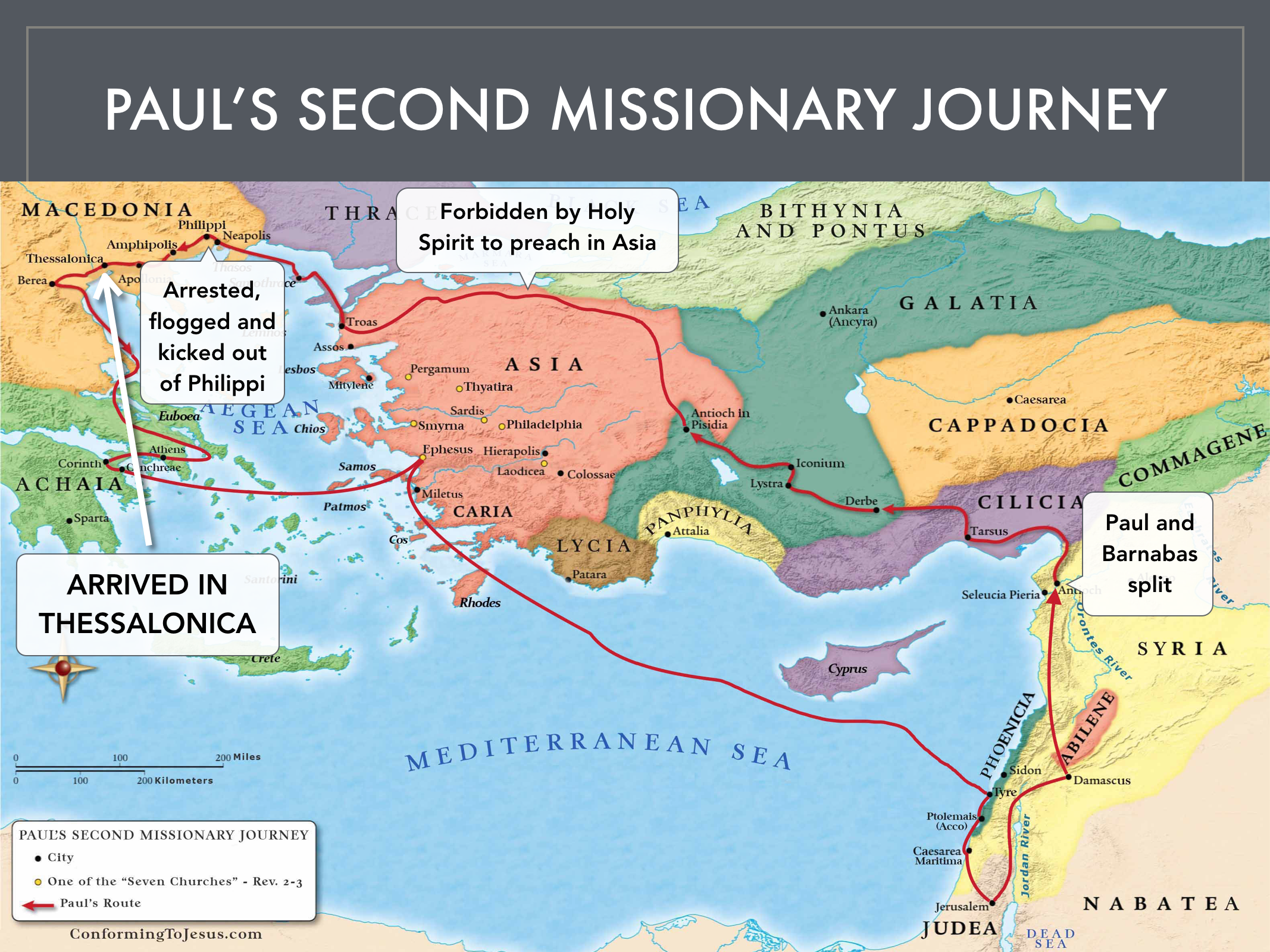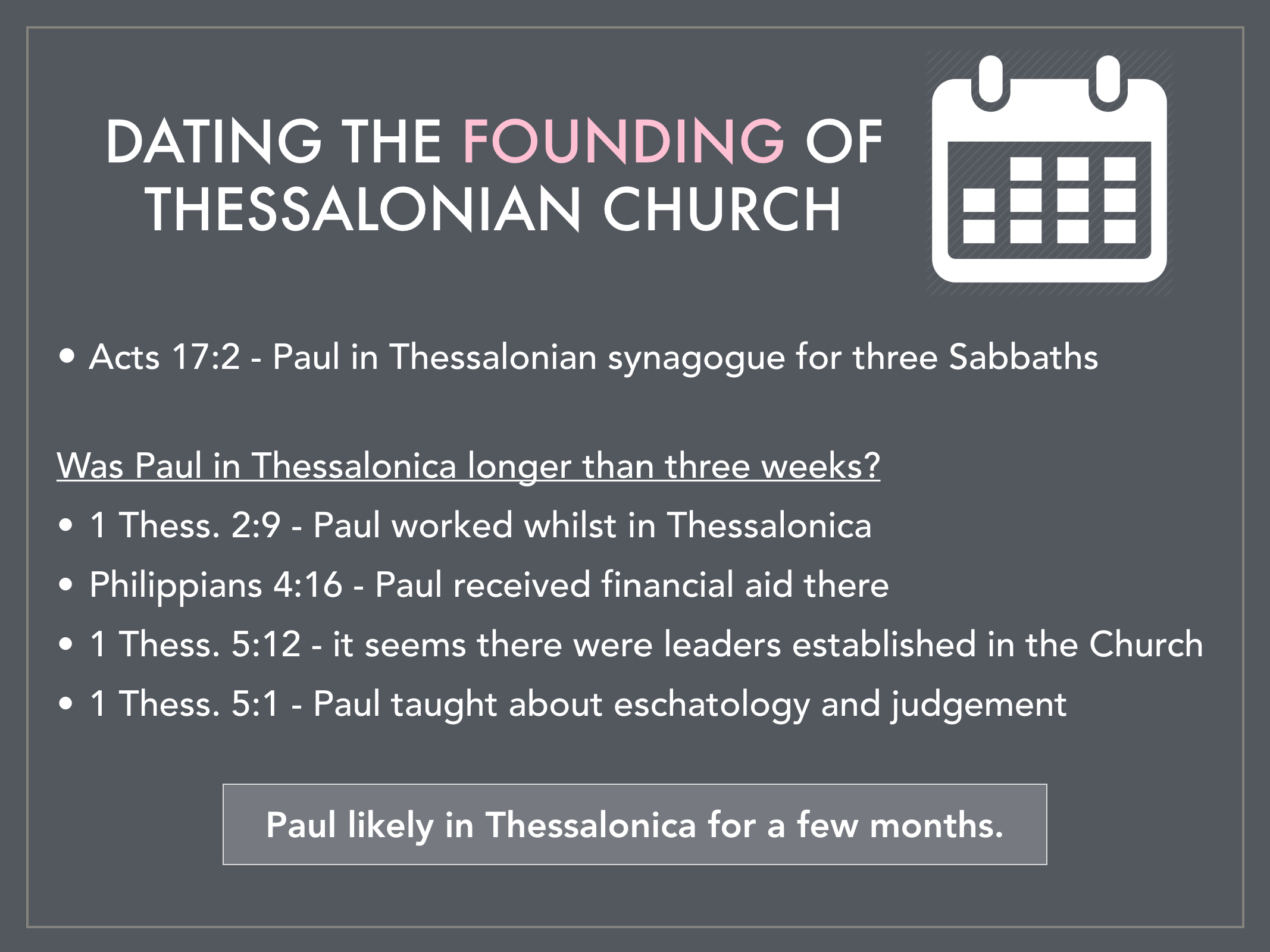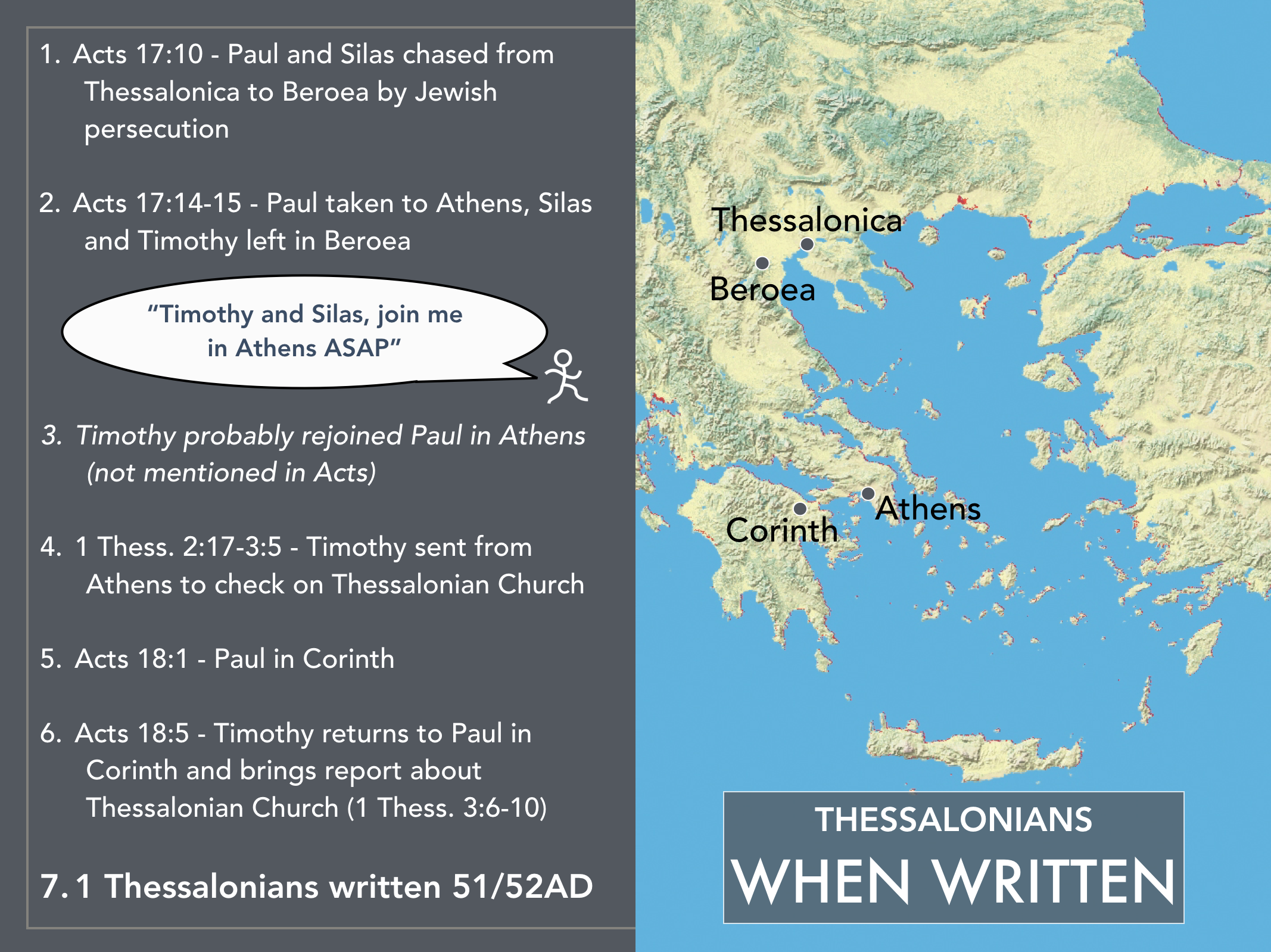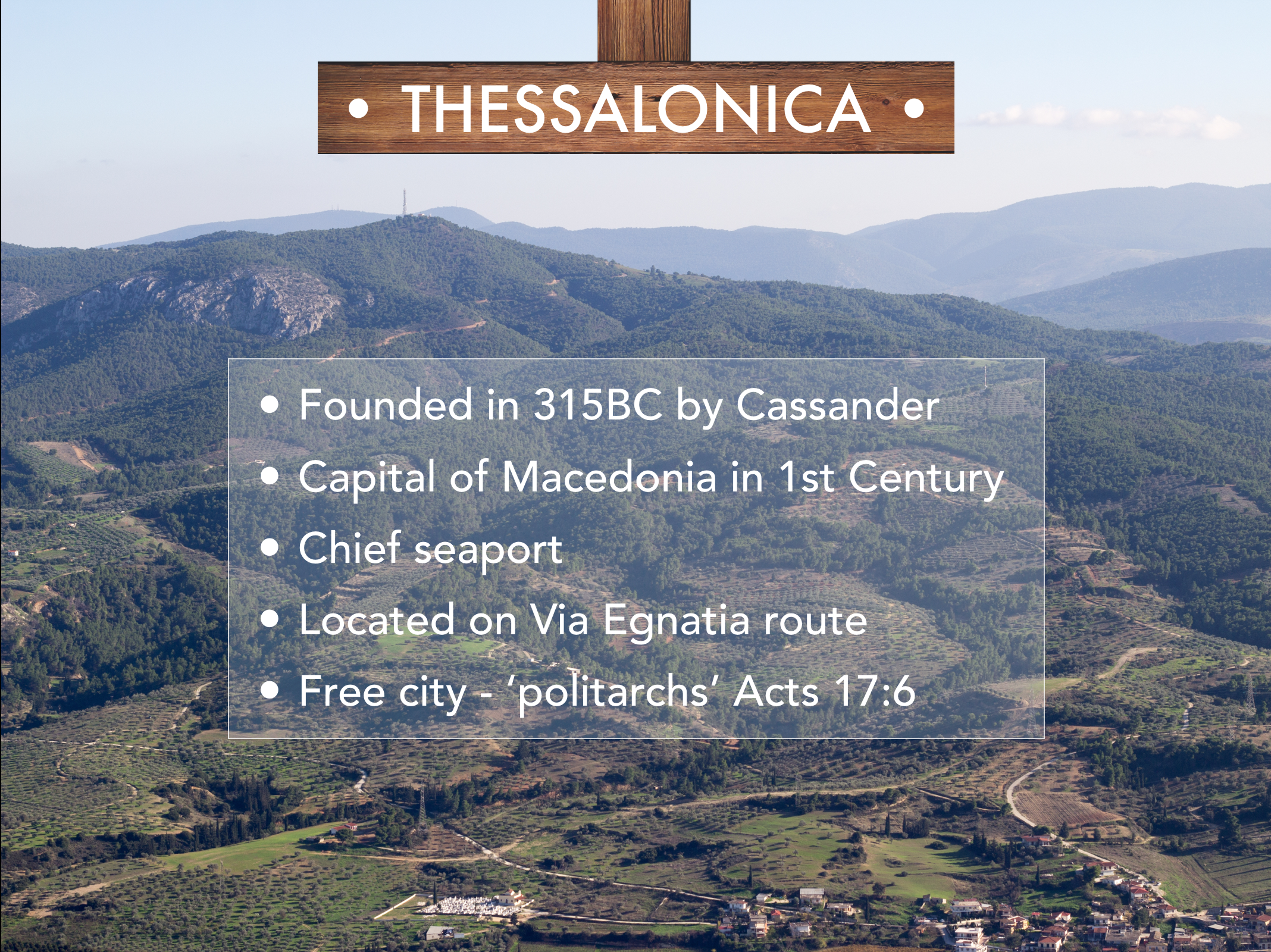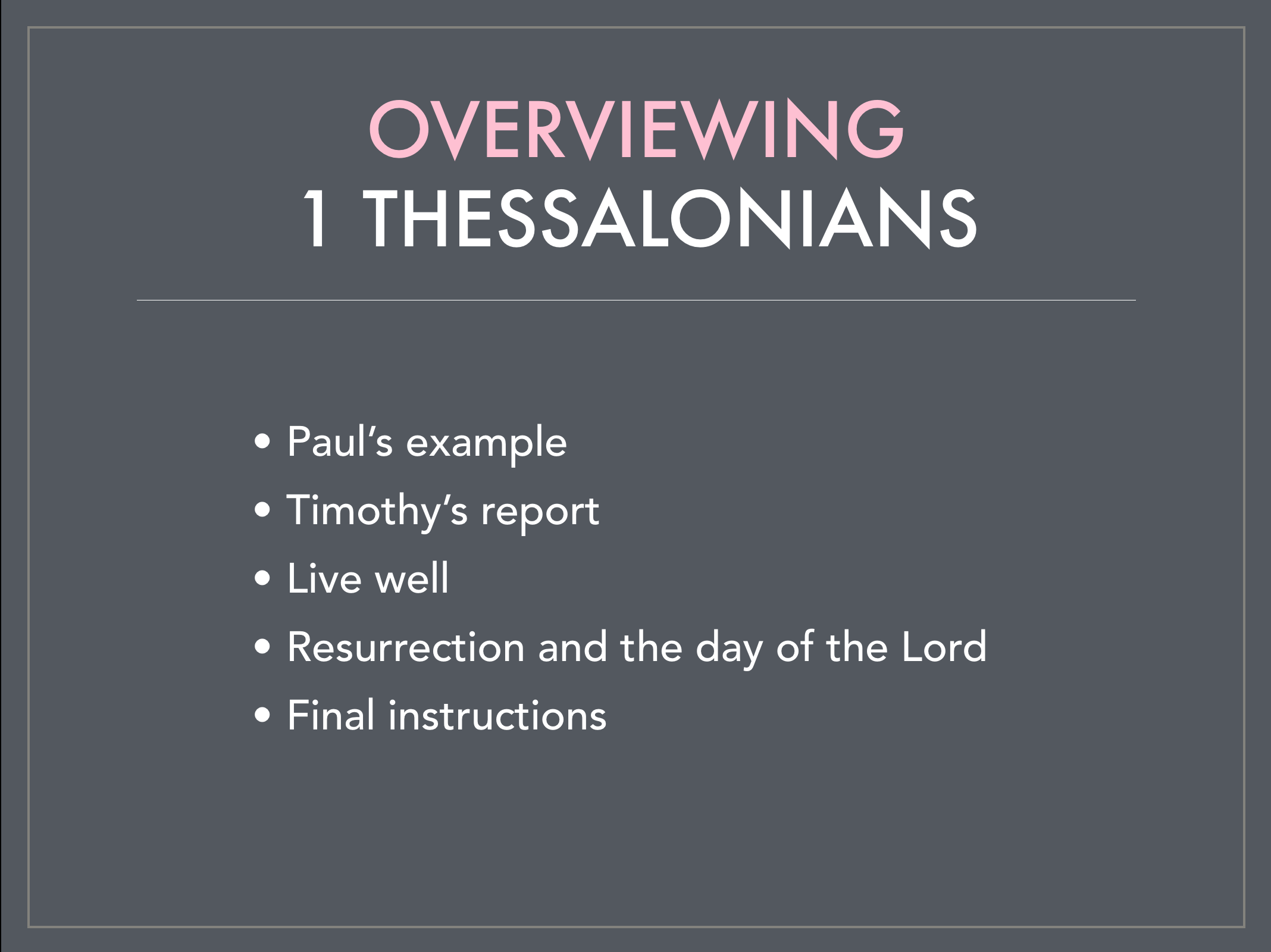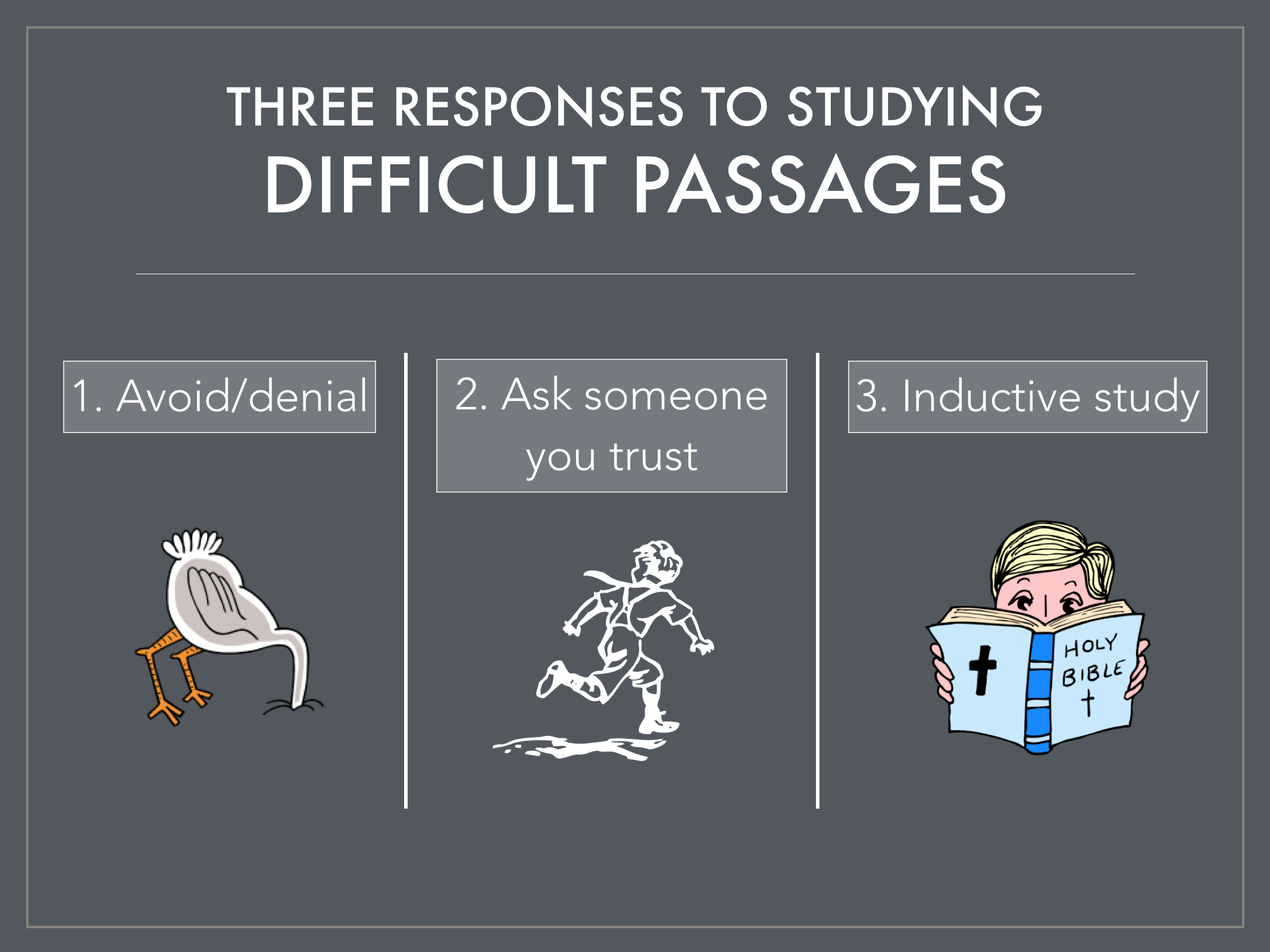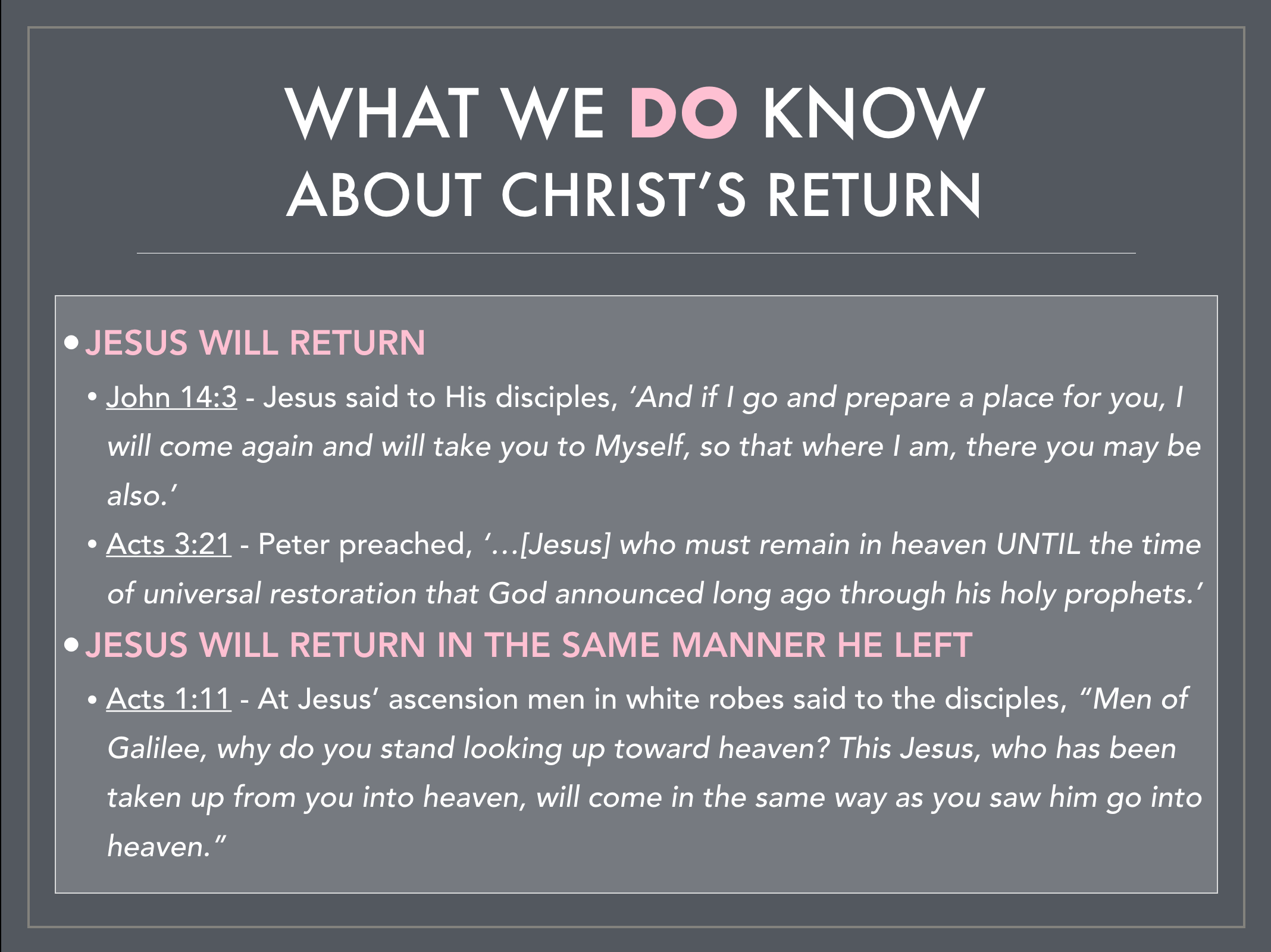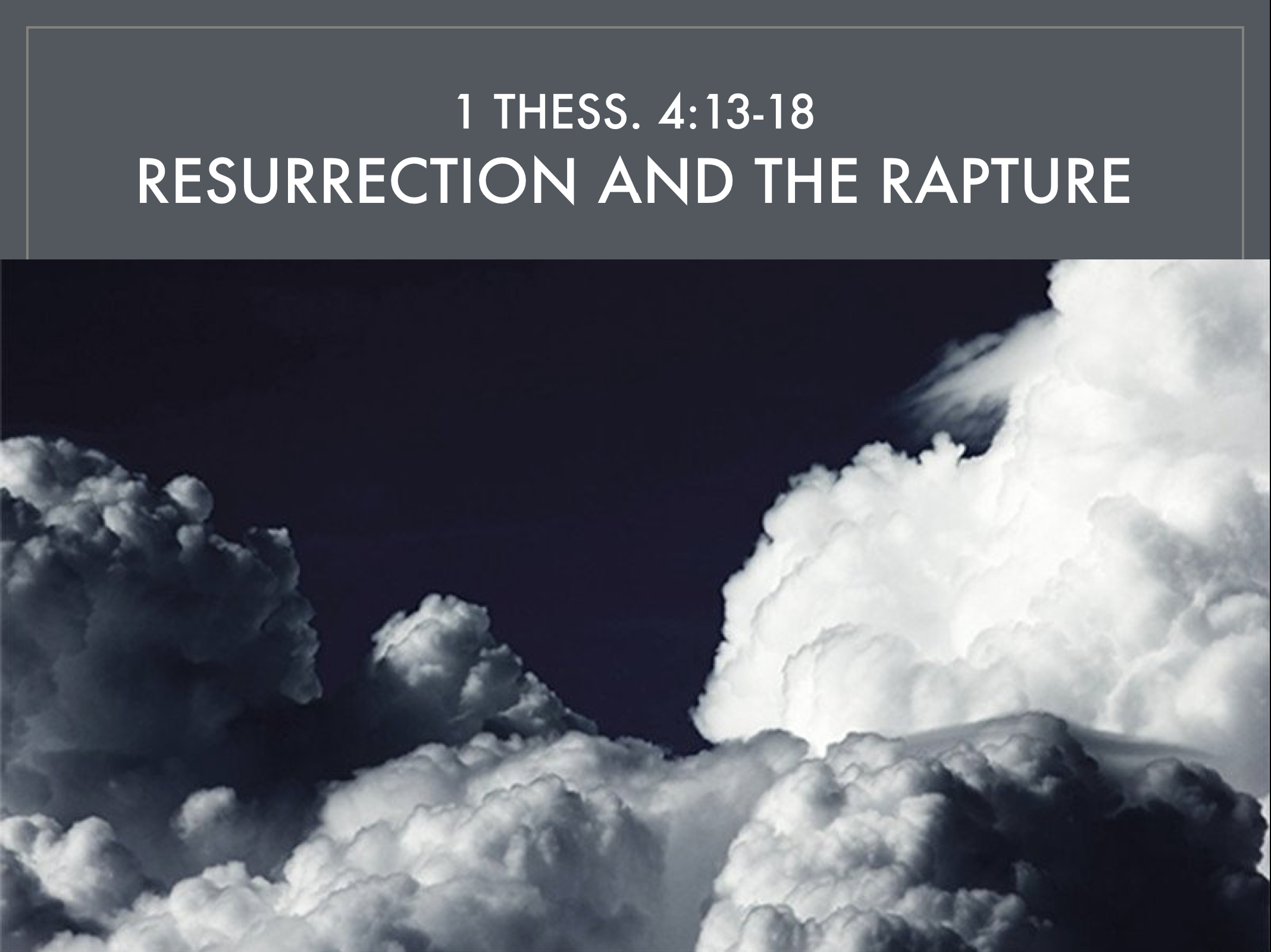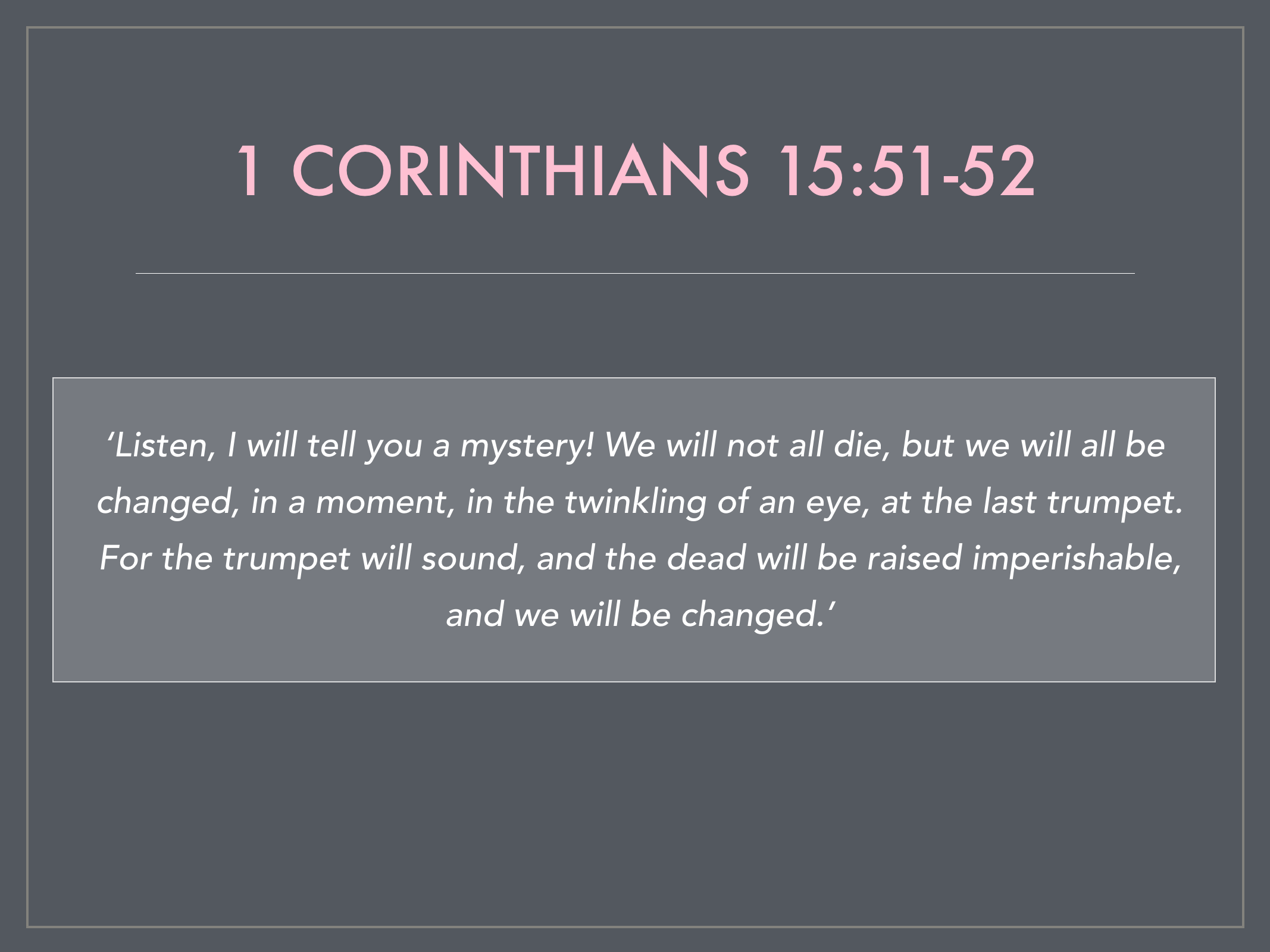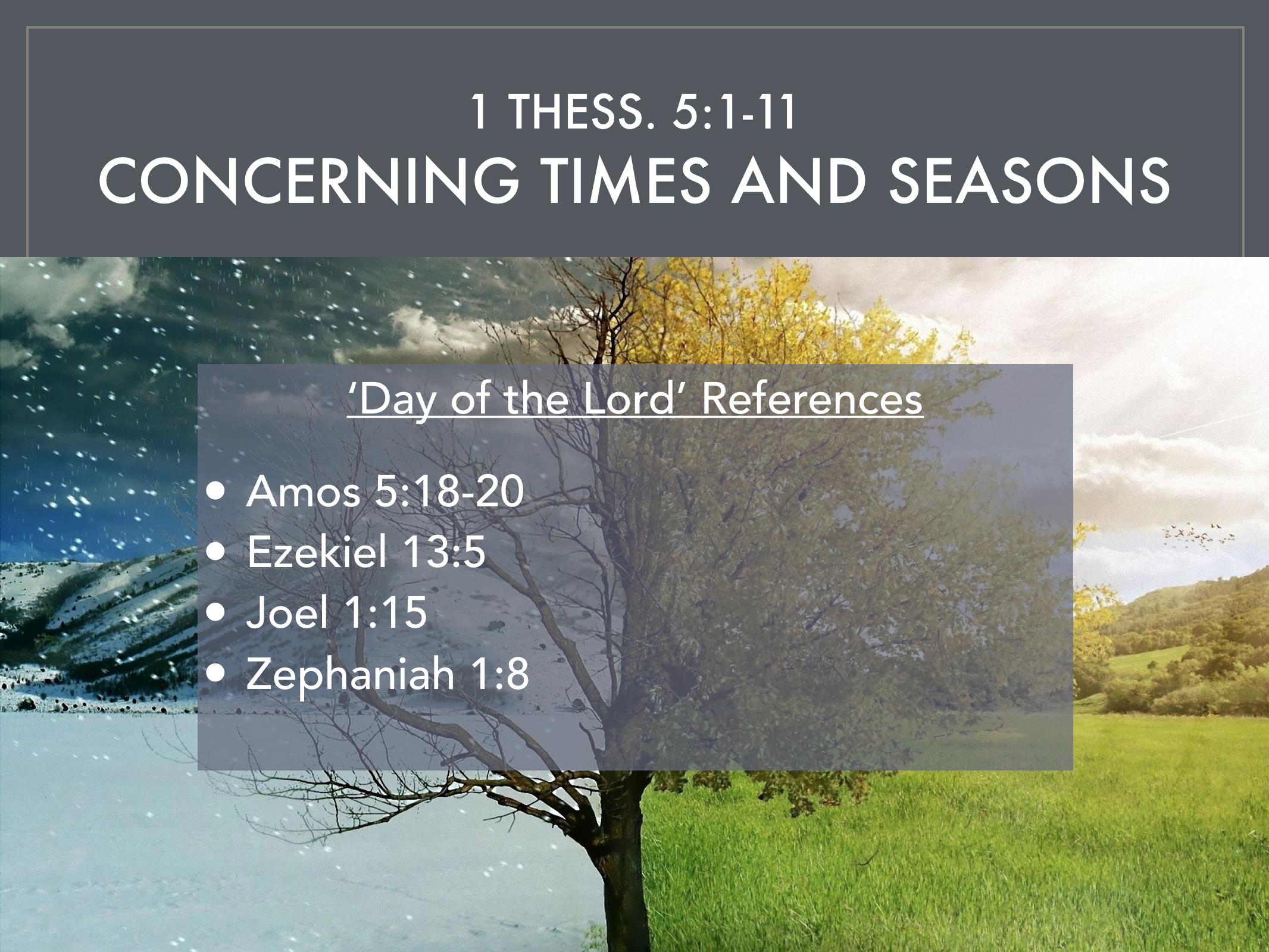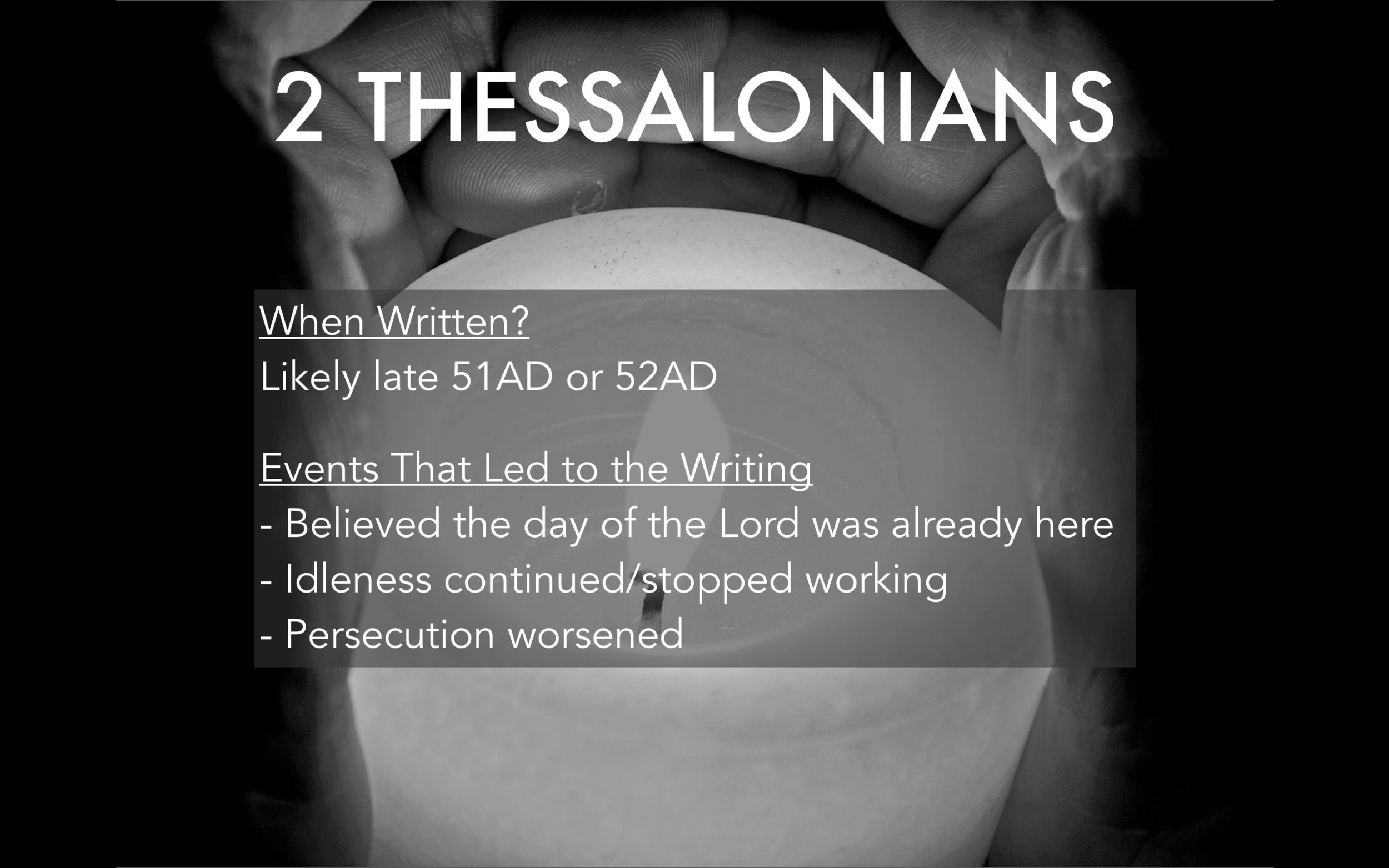1 & 2 Thessalonians - Teaching
1 & 2 Thessalonians are two separate letters written by the apostle Paul in the mid-first century AD. He had two separate purposes for writing each letter, and like with any of the epistles, we’re snooping on ancient post. Paul and some friends founded the Thessalonian Church during Paul’s second missionary journey after what seemed to be a relentlessly discouraging mission trip. Paul is encouraged by the faith that is sparked in Thessalonica (modern-day Greece) and, though he was kicked out of the city by opposers to the gospel, he still sought to guide this young Church by writing letters to them. Imagine 1 & 2 Thessalonians like hands cupping around a small flame in order to protect it from being blown out. The environment for the Thessalonian Church was one of persecution and opposition, so it was important for the Church to know how to act amidst trials as well as to understand the hope they have in Christ.
A theme running throughout both 1 & 2 Thessalonians is understanding Christ’s return. Paul sought to incite an eternal perspective in this young Church so that they could see the immense value of sticking with Christ, despite its cost in the short-term. The Thessalonians actually anticipated that Jesus would return immediately (which Paul sought to correct), and when members of their congregation died, they questioned what this meant for their deceased’s salvation. Paul answered these questions, as well as addressed some internal issues in the Church like laziness and immorality.
Shortly after writing 1 Thessalonians Paul wrote his second letter to the Church, this time to address a persuasive false teaching that Christ had already returned. Paul reminded the Church of theology he'd already taught: that certain events were yet to be fulfilled which would precede the return of Christ.


